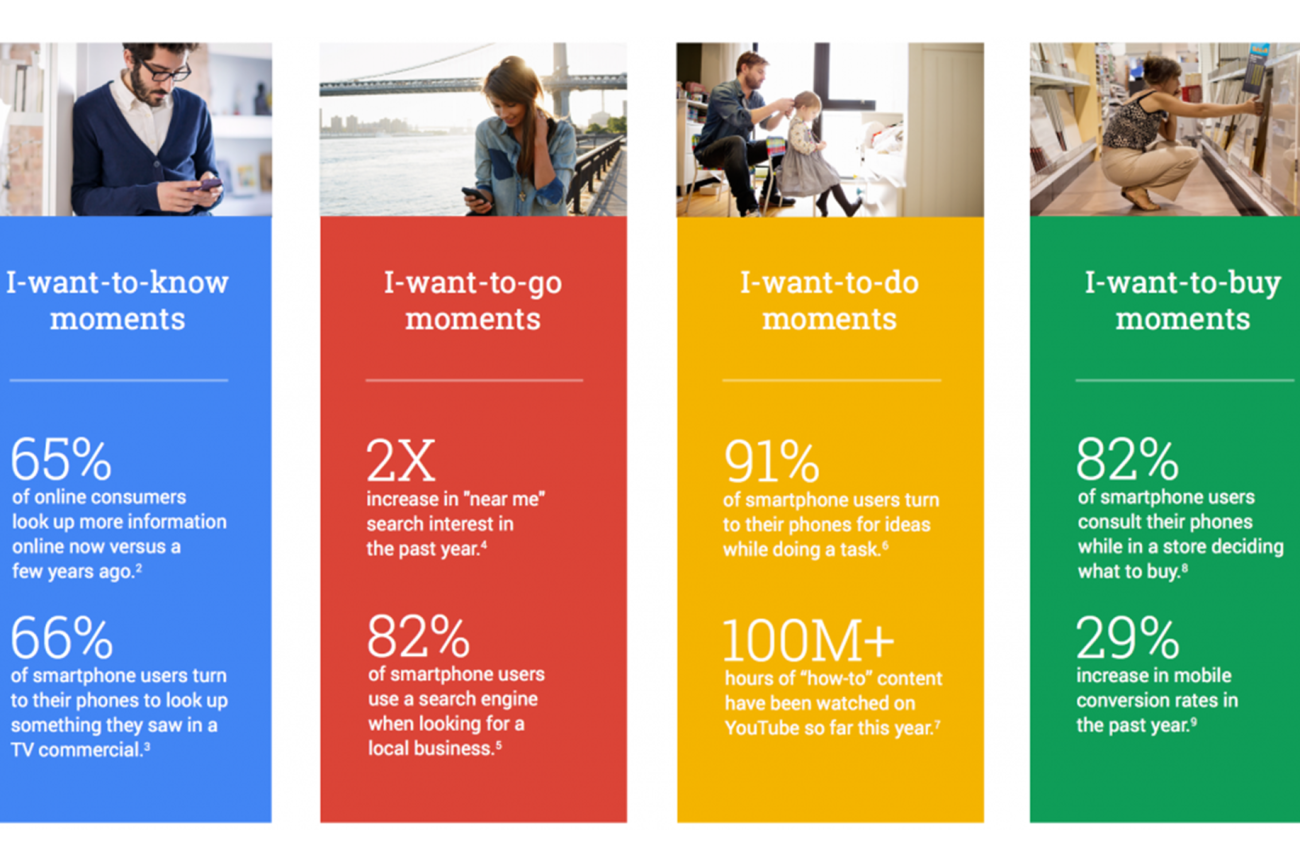As more people access the internet and as demand for technology rises, the digital market is always evolving. Users’ experiences greatly influence our decision to buy a service or product since as consumers, we have high expectations from online businesses.
Businesses operating online or even those that haven’t yet switched to a digital platform must tap into the market of 1.5 billion social media users throughout the world.
What noteworthy changes in the digital marketing landscape are anticipated for 2023? This article will examine upcoming digital marketing trends and how they can affect your advertising efforts in 2023. It is essential to adjust to a changing industry since a profession in digital marketing is growing more and more popular, increasing competition and bringing in brighter minds that are continuously changing the landscape.
2023 will undoubtedly be a year in which we narrow our emphasis.
It will be a year unlike any other because of the difficulties and interruptions caused by the epidemic, the tensions in the world’s politics, and the state of the economy. Businesses must, however, postpone their 2023 planning in order to observe how events develop. Business executives must implement initiatives right now if they want to expand and thrive. Additionally, marketing has a significant part to play.
Let’s dive into the top digital marketing trends for 2023 to help your organization find direction in the face of uncertainty and go forward with assurance.
- Artificial intelligence and machine learning
- Voice search optimization
- Interactive content
- Micro-moments
- Video marketing
- Privacy and data protection
Artificial Intelligence & Machine Learning
Artificial intelligence (AI) and machine learning (ML) are technologies that enable computers to learn from data, identify patterns, and make decisions. In the field of digital marketing, AI and ML are being used to:
- Personalize marketing campaigns: AI algorithms can analyze customer data to deliver customized, relevant messages to individual users.
- Optimize ad spend: ML algorithms can help optimize ad spend by analyzing campaign performance data and making predictions about future performance.
- Predictive analytics: AI can be used to analyze customer data to predict future behavior and inform marketing decisions.
- Chatbots: AI-powered chatbots can be integrated into websites and messaging apps to provide instant customer support and increase conversion rates.
- Content creation: AI can be used to generate marketing content, such as product descriptions and social media posts.
The use of AI and ML in digital marketing is expected to grow as these technologies continue to advance and become more accessible to businesses of all sizes.
Voice search optimization
Voice search optimization is the process of optimizing websites and content for voice search queries. As the use of voice assistants such as Amazon Alexa, Google Home, and Apple Siri continues to rise, it is becoming increasingly important for businesses to optimize for voice search to ensure their content is easily discoverable. To optimize for voice search, consider the following tips:
Use conversational language: Write content that is easy to understand and in a natural, conversational tone.
Focus on long-tail keywords: Voice search queries tend to be longer and more specific than text-based queries, so focus on longer, more conversational keywords.
Provide direct answers: Voice search users are often looking for quick answers to specific questions, so aim to provide clear, concise answers directly on your website or through structured data.
Optimize for local search: Voice search is often used for local searches, so make sure your business information is up-to-date and correctly listed on local directories and maps.
Use schema markup: Schema markup can help search engines understand the context and structure of your content, making it more likely to appear in voice search results.
Interactive Content
Interactive content refers to digital marketing materials that engage users through interactivity, such as quizzes, polls, augmented reality, and more. The use of interactive content can help businesses achieve a number of benefits, including:
Increased engagement: Interactive content is more engaging than traditional marketing materials, leading to higher levels of audience involvement and engagement.
Better understanding of target audience: Interactive content can help businesses gather valuable information about their target audience, such as preferences, opinions, and behaviors.
Improved lead generation: Interactive content can be used to collect user information and generate leads for the business.
Higher conversion rates: Interactive content can increase the likelihood of conversion by making the user experience more memorable and enjoyable.
Better ROI: Interactive content can provide a better return on investment compared to traditional marketing materials, as it often requires less effort to produce and can have a longer lifespan.
To effectively use interactive content in a digital marketing campaign, it’s important to align it with overall marketing goals, choose the right type of content for the target audience, and promote it through the appropriate channels.
Micro moments
Micro-moments refer to the moments in which people turn to their devices to take action, such as to make a decision, solve a problem, or learn something new. In digital marketing, focusing on micro-moments means delivering relevant and timely information to customers at the right place and time to drive decisions and actions. Here are some tips for leveraging micro-moments in a digital marketing strategy:
Identify micro-moments: Use data and customer insights to understand the key micro-moments that are relevant to your business and target audience.
Be present: Ensure that your business is easily discoverable in the moments that matter to your customers by being present on relevant websites, maps, and social media platforms.
Provide value: Deliver information and resources that are relevant, useful, and valuable to customers in the moment they need it.
Optimize for mobile: Ensure that your website and content are optimized for mobile devices, as the majority of micro-moments occur on mobile devices.
Measure success: Track and analyze the performance of your micro-moment campaigns to identify areas for improvement and adjust your strategy accordingly.
Video marketing
Video marketing is the use of videos to promote products or services and build brand awareness. Here are some of the benefits of using video in digital marketing:
Increased engagement: Videos have a higher potential for engagement compared to other types of content, making them an effective way to grab and hold the attention of potential customers.
Improved SEO: Videos can help improve search engine optimization by increasing the time users spend on a website and decreasing bounce rate.
Increased conversion rates: Videos can help increase conversion rates by providing a more comprehensive and engaging representation of products and services.
Better storytelling: Videos allow businesses to tell their story in a compelling and visually engaging way.
Increased accessibility: Videos can make complex products or services more accessible and understandable for potential customers.
To effectively use video in a digital marketing strategy, it is important to create high-quality videos that are relevant to the target audience and to promote them through the appropriate channels, such as social media, websites, and video platforms. Additionally, it is important to track and analyze the performance of video marketing efforts to identify areas for improvement and make data-driven decisions.
Privacy and data protection
Privacy and data protection refer to the measures taken to protect the personal information and data of individuals and customers. In digital marketing, it is crucial to implement proper privacy and data protection measures to maintain customer trust and comply with legal regulations such as the General Data Protection Regulation (GDPR) and California Consumer Privacy Act (CCPA).
Here are some steps businesses can take to ensure privacy and data protection in their digital marketing efforts:
Create a privacy policy: Develop and publish a clear and transparent privacy policy that outlines how personal data is collected, stored, and used.
Obtain consent: Ensure that customers have provided explicit consent for the collection and use of their personal data.
Secure data storage: Store personal data securely, using appropriate technical and organizational measures to prevent unauthorized access, use, disclosure, or destruction.
Regularly review data practices: Regularly review and update data collection and storage practices to ensure that they are in line with current privacy regulations and standards.
Educate employees: Train employees on privacy and data protection policies and procedures to ensure that they understand the importance of protecting personal data.
By implementing these measures, businesses can help protect the privacy and data of their customers, build customer trust, and comply with legal regulations.
Boost your digital marketing with trends
Now that you are well-equipped for a productive year of digital marketing in 2023 if you have these 5 trends in your toolkit. You’ll definitely secure more sales, brand loyalty, and online followings if you update your approach and put these suggestions into practice.
These significant modern advancements—like AI, ML and immersive experiences—won’t disappear anytime soon. You will thus continue to do so into future years, such as 2024, assuming you keep up with these technical advancements in the upcoming year. Ensure that every digital marketing campaign you create for 2023 is viewed as real, captivating, and relatable by your target demographic. You should do the same as they are embracing new trends.
You can also follow us on social media for even more digital marketing tips and news. Click on the icons below to connect with us on Facebook, Twitter, and LinkedIn.
Thank you for your support, and we look forward to staying in touch!






